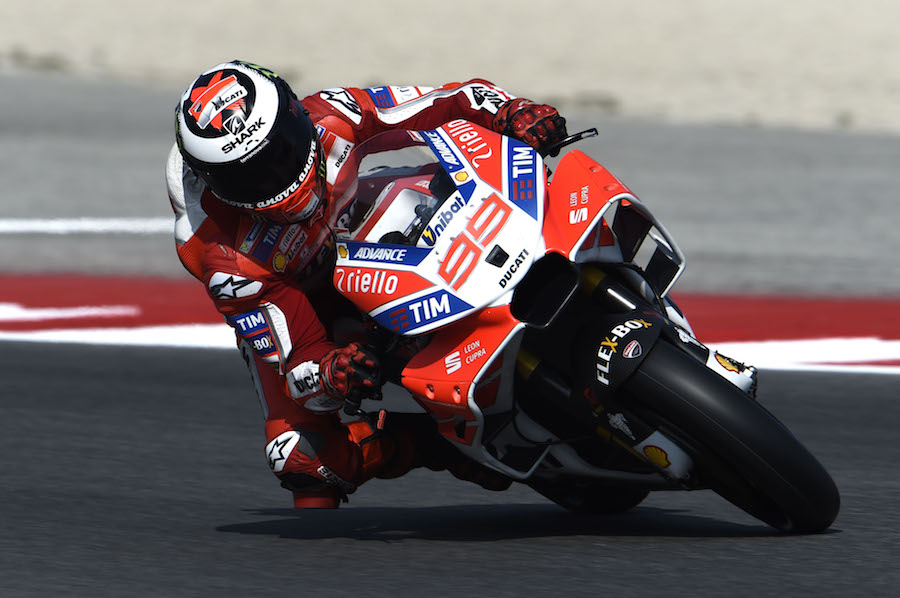Motorcycle racing is a sport of man and machine: riders get faster by honing their skills, pushing their limits and helping their engineers improve the equipment. That process is repeated ad infinitum.
In the old days, factories increased performance with six-cylinder engines, eight-valves per cylinder, NASA-spec electronics, trick fuel, the lot.
This kind of freestyle engineering is no longer allowed. Regulations are regularly rewritten to keep up with technology, initially to prevent the richer factories from zooming ahead, more recently to make the racing closer and more TV-viewer friendly.
Years ago, the MotoGP regulations were little more than a booklet, now that’s more like a bible in which just about everything seems to be restricted: engine bore size is limited, engine supply is limited, software is limited, tyres are limited, testing is limited, wheel rim widths are limited, fuel pressure is limited, fuel temperature is limited, fuel ingredients are limited. And then there’s plenty of stuff that’s outright banned, all the way from aerodynamic winglets to MMC (Metal Matrix Composite) and FRM (Fibre Reinforced Metal) materials.
The idea of all these rules and regulations is not only to make the racing closer, it’s also to minimise costs by shutting down some exotic avenues of development.
But, as Sir Isaac Newton told us, every action has an equal and opposite reaction. When avenues of development are shut off, the cleverer engineers will search out new ones. And this is where Ducati is currently king.
Ducati Corse general manager Gigi Dall’Igna knows that MotoGP’s restrictive regulations make it more important than ever to find new ways of finding even the smallest advantage, so he embraces new technology more enthusiastically than the conservative Japanese racing departments.
Ducati Corse enjoys a close relationship with Ferrari’s Formula 1 team, so Dall’Igna knows about F1’s latest go-faster technology. The two companies are close for various reasons; mostly because they are Italy’s racing powerhouses and because many of their engineers studied together at Bologna University. Indeed this goes way back: legendary Ducati engineer Fabio Taglioni graduated at Bologna and Enzo Ferrari was given an honorary degree by the university. Ferrari started helping Cagiva (Ducati’s Grand Prix forebears) in 1990 when Enzo’s son Piero built a carbon-fibre chassis for the Cagiva 500.
Read the full story in the current issue of AMCN (Vol 67 No 07)on sale now

TEST Mat Oxley
PHOTOGRAPHY GOLD AND GOOSE











